
As mentioned previously, the gat (갓) is a very distinctive part of traditional Korean men’s clothing. A properly made gat is woven from thin strips of bamboo and horsehair, and costs several thousand dollars, but reproductions can be acquired fairly cheaply.
As usual, the familiar silhouette seen in dramas is not necessarily indicative of what was worn in SCA period. A good resource for the history and construction of the gat (and some other hats) is Gat, Traditional Headgear in Korea.
The most familiar type of gat is the heukrip, about which the aforementioned book says this:
Examples for the use of the term heukrip can be found from as early as the 16th year of King Gongmin’s reign [r. 1351 – 1374] during the Goryeo Dynasty, and can be said to originate from the production of heukrip decorated with jewelry befitting governmental status. The heukrip prevalent at this time, however, differed from those of the Joseon period, and the hat-top decorations on Goryeo-era heukrip allow the speculation that they may have been close in origin to the balip of the Yuan Dynasty. The shape of the heukrip was finalized during Joseon, and soon settled as the hat of choice for classes of prestige.
…
Although the precise form of early Joseon gat is indeterminable, records exist regarding the gat, heukrip, gojeonglip, jungnip, and chorip. The shape of the gat was first discussed during the reign of King Seongjong [r. 1469 – 1494], when it was named the ibche-wonjeong-icheomgwang, meaning that it had “a round top and broad brim”. It was decreed that all gat would be produced to follow this format.
It would appear that following King Seongjong, the gat neared its stage of completion. From the hemispherical crown and broad brim of the balip, the gat was altered to have a more cylindrical crown with a narrow top and broader base, and was produced using a more diverse range of materials. Having undergone phases such as the pyeongnyangja and chorip, headgear in Korea culminated in the heukrip, which is representative of the Joseon period.
…
From the chronology of changes made to the gat, it is evident that the headgear was initially round at the crown with a broad rim, with the crown becoming gradually higher and the rim remaining broad. During the reign of King Myeongjong [r. 1545–1567], the crown was excessively low to the point of resembling a small plate atop a larger plate, while the brim resembled a small umbrella. This trend was mocked for its similarity to the hat worn by monks (seungnip); the variation created to compensate for this shape was, in turn, ridiculed for its disproportionately high crown and narrow brim. Alterations such as these show the effect of the cultural trends of the period upon the development of headwear. Indeed, the gat of the 16th century towards the end of Yeonsangun’s reign [r. 1494–1506] showed many changes regarding the height of the crown and width of the brim. Headgear policy during the reign of King Jungjong [r. 1506–1544] was variable to the point of frivolity. The gat of this period began with a tall crown and wide brim, to the end of this period, when the hat became even higher while the brim became narrower. King Myeongjong’s reign saw the crown lowered and brim broadened again.
Suffice to say that there is a lot of variation in the size and shape of the gat even within the SCA period. I have not seen many extant 16c pieces, though there are a couple in an exhibit currently running at the Daegu National Museum:
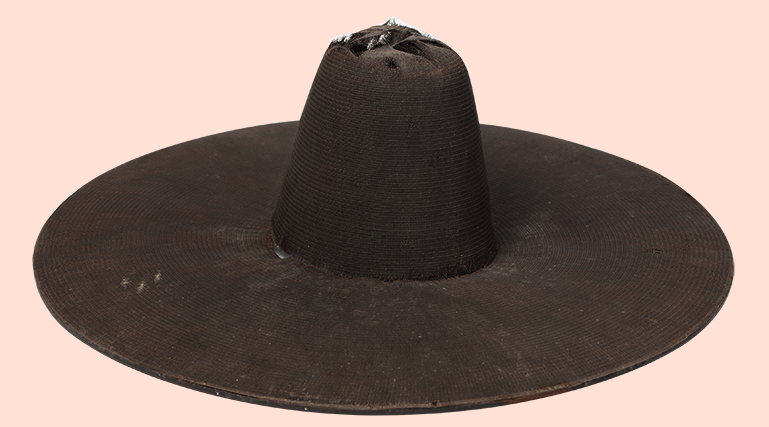
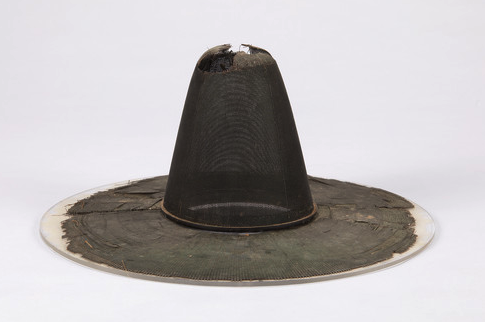
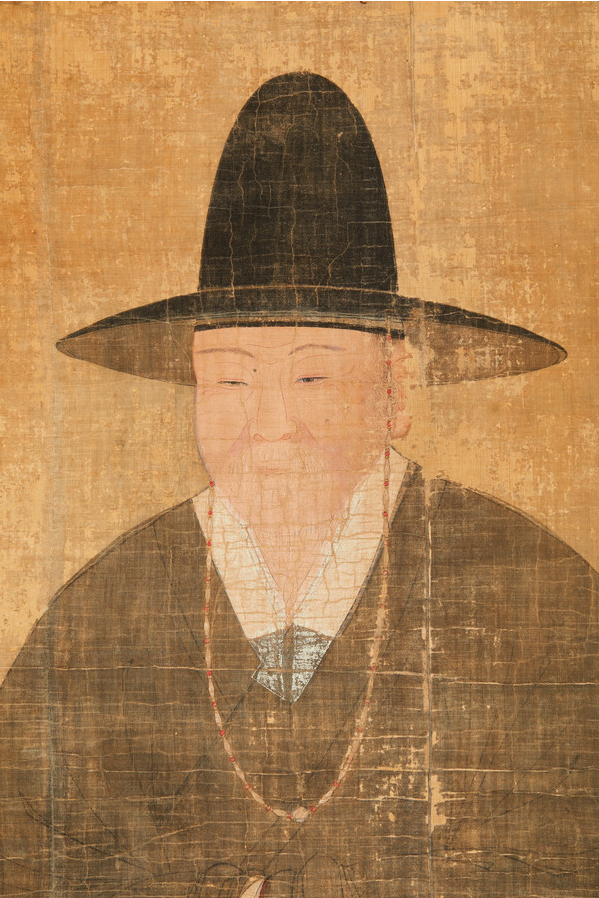
By the 17th century, the crown of the gat changes from rounded to cylindrical, though I have not yet found the smoking gun of a 16th century cylindrical-crowned gat. However, given the difficulty in acquiring a round topped gat and the documented variation in hat styles within SCA period, I feel cautiously justified in wearing the hat I am able to get my hands on.
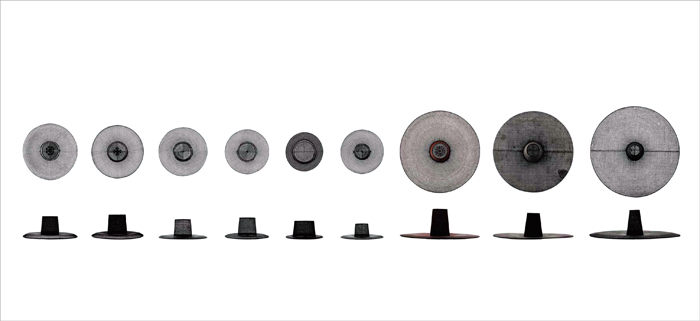
I would really prefer one that sits lower on my head like the portrait above. Later styles of gat are meant to perch high on the head, but my head is quite large and makes it sit even higher. There is still more to do to finish dressing up my gat, including a beaded string (gatkkeun: 갓끈) and possibly an ornament on the top.
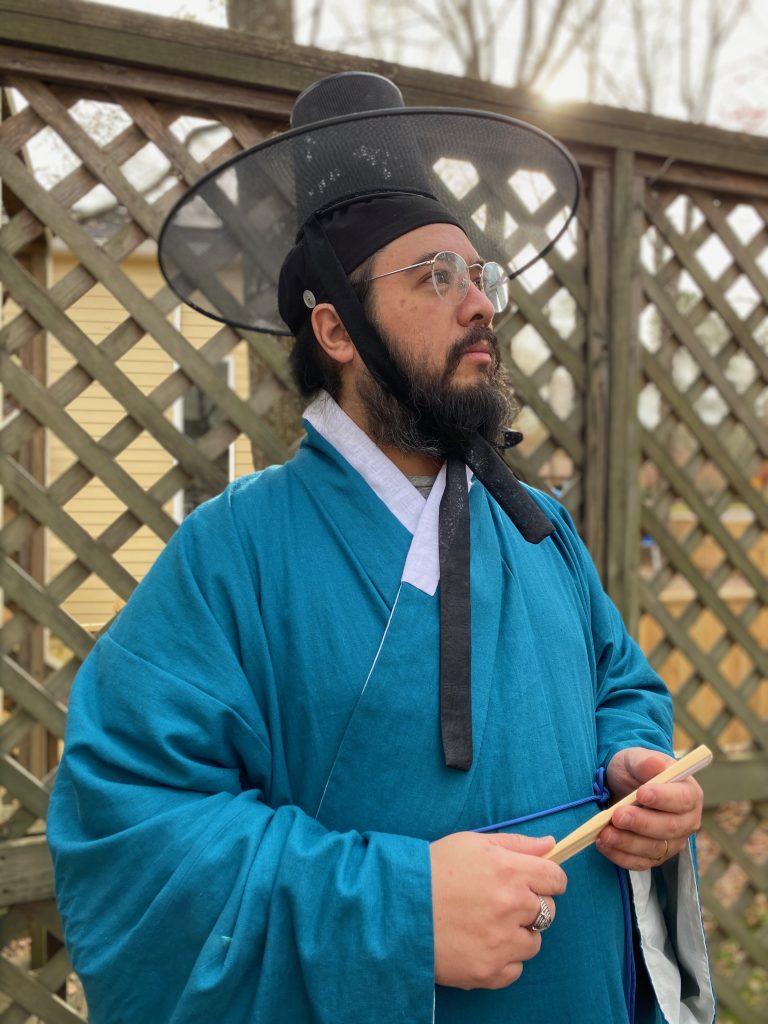
Seong Myeong Su Daegam provided a large amount of research and translation help with this outfit.
